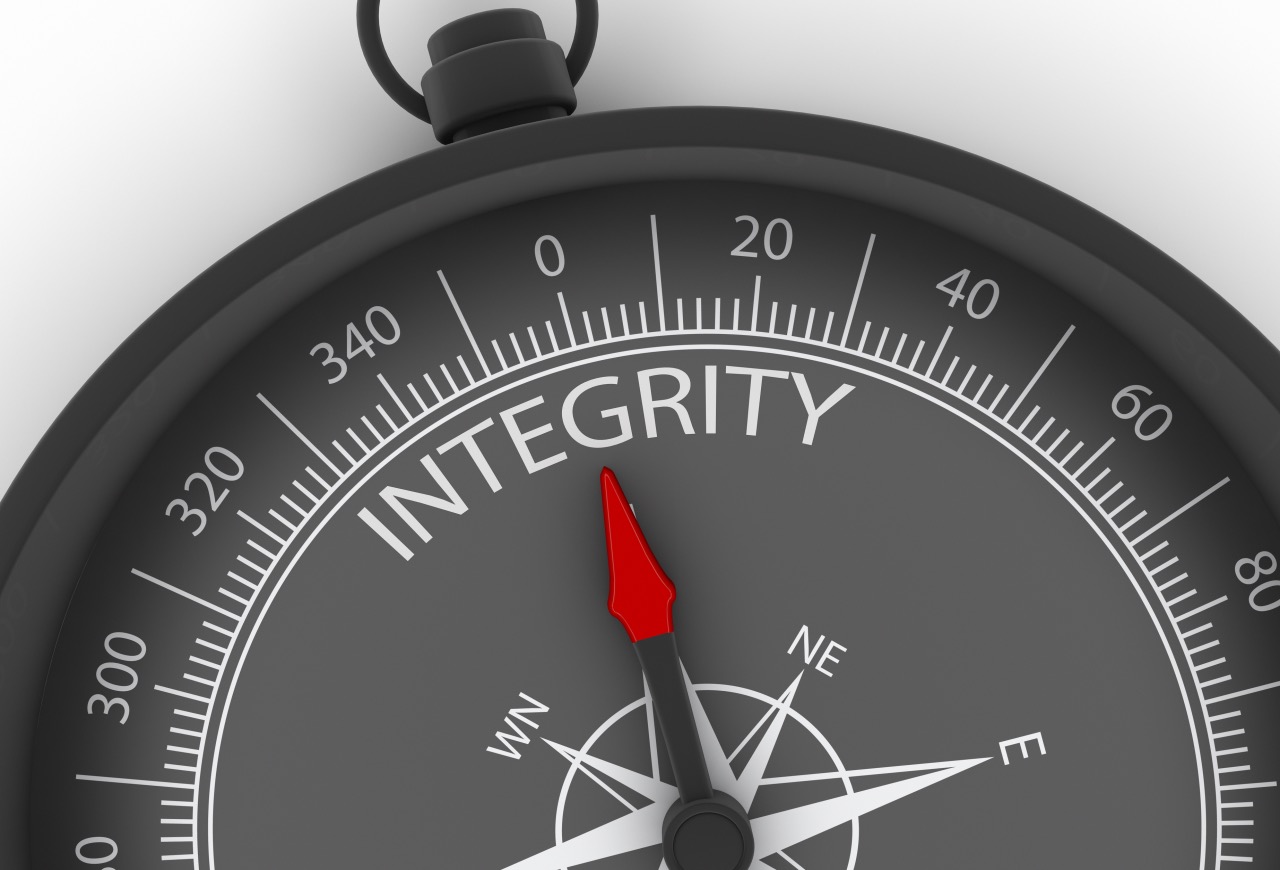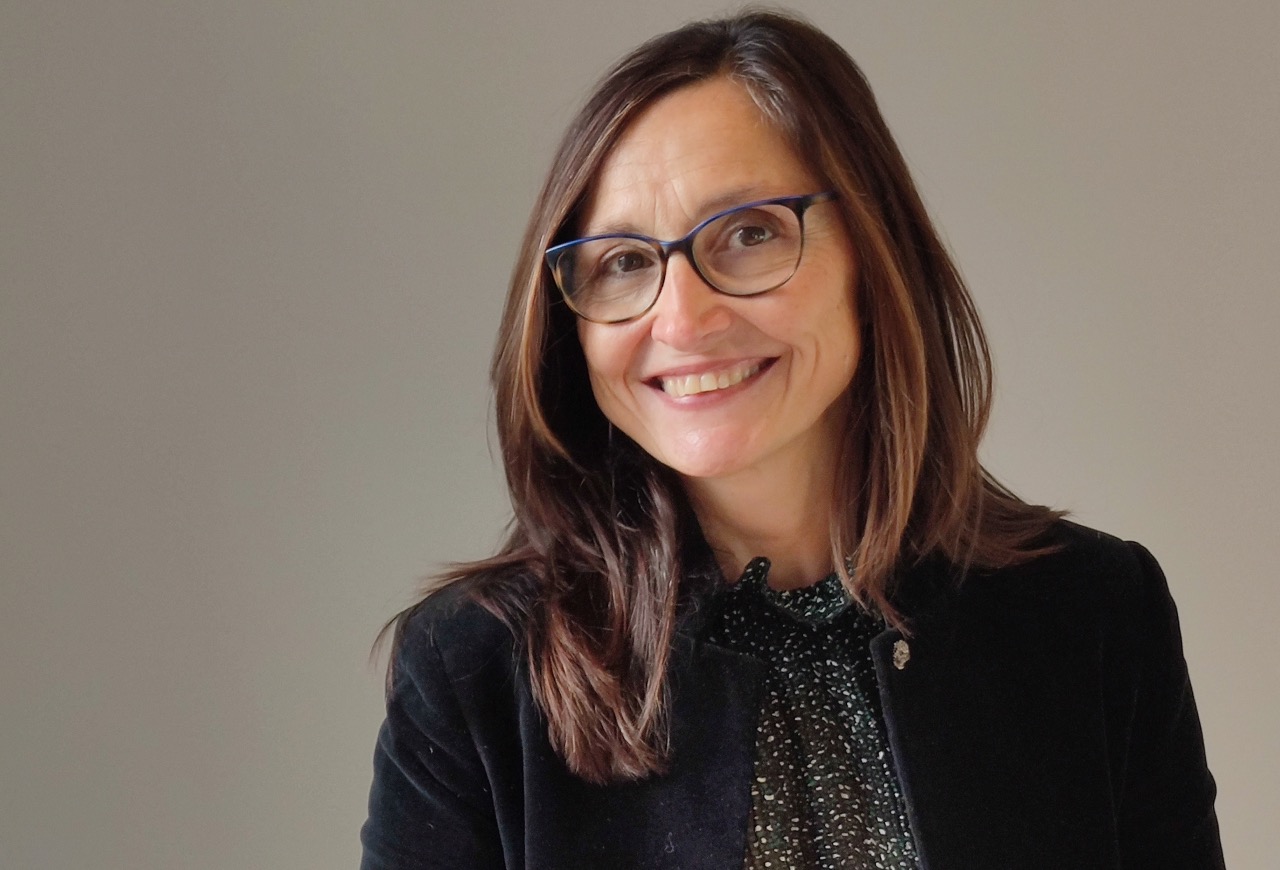Being an impact-driven organisation linked to a corporation can be challenging. A new report and risk assessment tool launched by EVPA aims to help social corporate investors assess and safeguard their impact integrity

unique position as a non-profit entity intrinsically linked to a for-profit.” | Photo by akinbostanci on iStock
In brief
- EVPA’s ‘Impact Integrity – Unique Challenges for Corporate Social Investors’ report highlights need for vigilance in relationship between for-profits and their linked corporate social investment institutions
- The organisation has developed its ‘Impact Integrity Risk Matrix’, a questionnaire-based tool which generates risk scores to highlight threats to impact integrity
- Database could allow anonymised peer group benchmarking
The relationship between corporate social investors (CSIs) and the for-profit companies with which they are linked is coming under ever-closer scrutiny, as the focus on ESG concerns among regulators and in the impact investment sector intensifies.
A report published this week by the European Venture Philanthropy Association (EVPA), sheds light on CSIs and impact integrity, an increasingly important factor for potential co-investors and partners when deciding whether a CSI is maximising the impact of its investments, using funds in the most positive way to meet their societal aims, or whether too much of its activity is influenced by the commercial aims of its founding for-profit entity, whether intentionally or unintentionally.

“Upcoming changes in regulations, like the European Commission’s proposed Corporate Sustainability Reporting Directive, place a bigger focus on ESG and put CSIs in a different position versus the related corporate. They will need to be much more mindful of impact integrity risk mitigation strategies, if they don’t want their legitimacy to be affected,” Roberta Bosurgi, EVPA’s CEO, tells Impact investor.
The relationship between a non-profit organisation and its linked for-profit entity can be powerful, given unique opportunities that mat result to allow CSIs to maximise impact, the report says. However, it adds, the relationship is also “fraught with an inherent power imbalance resulting mainly from the dependence of the CSI on its related company”, and there is a risk that social impact and business benefits could become more interlinked, “blurring the lines between the two worlds”.
But assessing whether that relationship between the two sides is too close, or whether it is beneficial or harmful to the CSI’s investment strategy, has tended to be a highly subjective business.
For example, a very close relationship may trigger an alarm over the CSI’s independence in decision-making, which could dilute impact. But it could well be highly beneficial if the for-profit provides expertise to the CSI or opens doors for impact investment opportunities.
Analytical tool gives food for thought
EVPA has developed an impact integrity risk assessment tool, presented in this week’s report, that aims to put the process on a more analytical footing by producing a matrix based on input from a short questionnaire.
This enables CSIs to assess the level of risk to their impact integrity, depending on the level of dependence of the CSI on the linked for-profit, and the nature of their strategic alignment.
At present, CSIs can get in touch with EVPA, which will send them the questionnaire to fill in and provide the risk assessment results. In the long run, the intention is to develop a web-based tool that CSIs can use directly.
CSIs using the tool can see if they are at low, medium, or high risk of running into challenges with impact integrity due to their relationship with their for-profit.
A CSI with low risk would typically have a low dependence on the related company and their areas of investment would have little or nothing in common. A high-risk CSI might be one that has heavy dependence on its related company – perhaps sharing board members and staff, and an office space – and which invests in the same sector, raising the possibility that the CSIs activities could be determined by the commercial interests of the linked for-profit.
Bosurgi sees the use of the tool to quantify impact integrity risk as a springboard for discussions between the two parties on how to organise the level of interdependency for maximum impact while managing conflicts of interest and compliance risks.
A high-risk score does not necessarily mean the relationship is negative, or that the two organisations need to completely disengage. But it could be an indication that some measures need to be taken to address and mitigate the risk that the relationship could become negative.
The organisations could sign a MoU on terms of engagement to ensure ESG regulatory compliance, or consider moving the CSI’s offices elsewhere, if they are located in the corporate headquarters, for example.
“Rather than have the CSI’s alignment strategy dictated by the danger of greenwashing or social washing issues, we are saying let’s assess the risk and opportunity and make sure they leverage that opportunity to the maximum without diluting the credibility, legitimacy and impact that the CSI makes,” she says.
Benchmarking possibility
One long-term goal for the tool is to produce an anonymised database whereby CSIs could benchmark themselves against their peers on impact integrity.
Anonymity is an important part of the project, according to Lev Fejes, EVPA’s corporate initiative research manager, who led the tool’s development.
“We want people to feel free to provide the information and to generate trust, as the idea is not to name and shame them, but rather to raise awareness and provide a framework to foster data-driven assessment. A high-risk score is not something bad, but it should start ringing a bell,” he says.
The benchmark comparison would most usefully be done against others operating in the same sectors and similar European regions, given the wide variation in regulation and development of the corporate social investment sector from sector to sector and region to region.
“If you are in a highly regulated, highly sensitive sector, such as healthcare, you have to pay way more attention to the risk, because of the requirement of regulators and also because of public opinion,” says Bosurgi, who formerly worked at pharmaceutical company Novartis and its CSI the Novartis Foundation.






